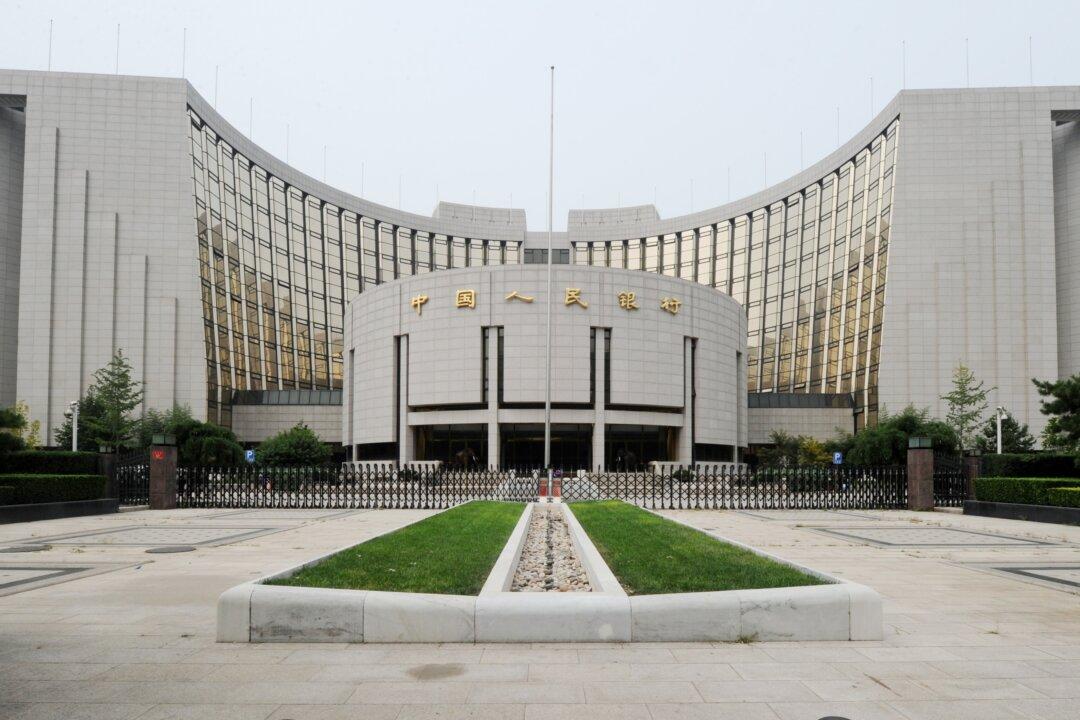BEIJING—New bank loans in China fell more than expected to the lowest in 22 months in October, but the drop was likely due to sluggish domestic demand and policymakers are still expected to ramp up support for the cooling economy in coming months.
Chinese regulators have been trying to boost bank lending and lower financing costs for over a year, especially for smaller and private companies which generate a sizable share of the country’s economic growth and jobs.





